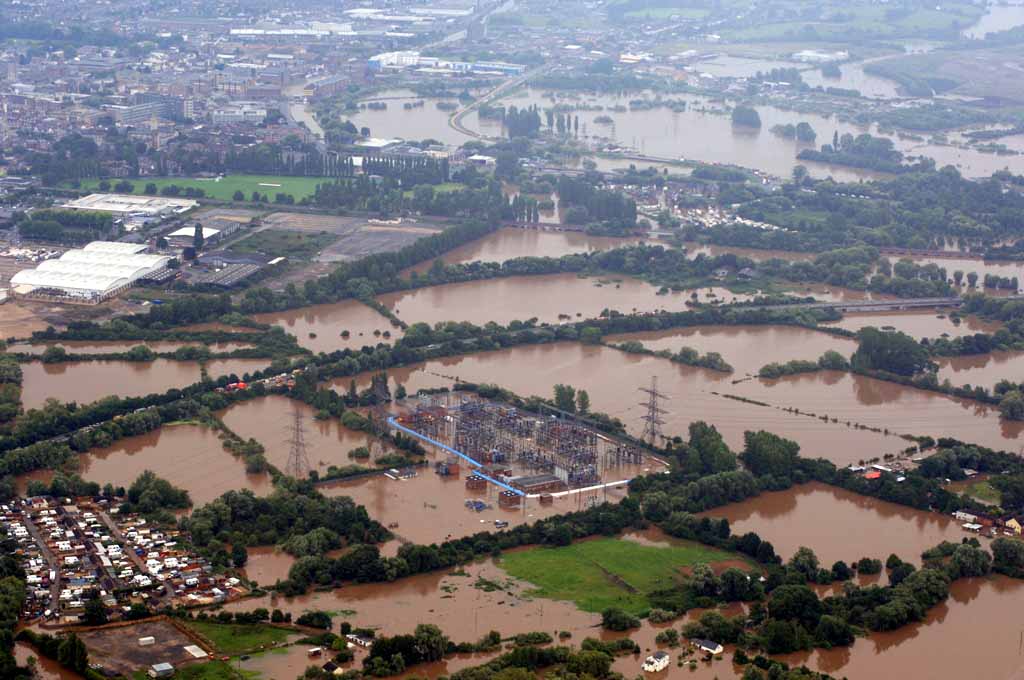The United Kingdom has historically experienced severe flood events, including that of summer 2007, which resulted in the loss of essential services including water and energy supply, as well as the destruction of infrastructures, with estimated costs exceeding £3.2 billion. About half a million people were immediately affected by this event, in terms of temporary absence of energy supply. In any of such flood event, once energy supply is impacted, so are other services as water distribution, transport, communication and health care.
The ‘Pitt Review: Lessons learned from the 2007 floods’ was published in June 2008; in anticipation of its findings, the UK Energy Minister requested a comprehensive assessment of the resilience to flooding of primary and higher voltage substations and the steps that may be taken to mitigate current and future risks. The Energy Networks Association (ENA) Substation Resilience to Flooding Task Group was established, reporting to the Energy Emergencies Executive Committee (E3C), and was asked to lead this work. This work included representation from National Grid Electricity Transmission, which owns and maintains the high voltage electricity transmission network in England and Wales, as well as all UK energy transmission and distribution companies, and led to the production and publication of ENA Engineering Technical Report (ETR) 138. Its first version was published in October 2009, and a second version of ETR 138 was released in January 2016. The National Flood Resilience Review (NFRR) carried out in 2016 prompted a further update to ETR 138, which recognises that the electricity industry is seen as leading the way with proactive flood risk management and the 1:1000-year target resilience level being applied for all critical local infrastructure supplying 10,000 customers or more.
The Pitt Review recommended a target of 1:200 year resilience level. However, it was felt by the ENA task group this did not go far enough to mitigate the flooding risks the energy sector faced by 2050 (considering climate change effects expected under a high emission scenario (UKCP09, corresponding to the IPCC SRES A1FI scenario)) which led to the assessment of the vulnerability of all substations to a 1:1,000 year flooding event. Consequently, flood measures to protect the most vulnerable substations were identified, including: flood barriers; portable flood defence measures; earth bunds; flood doors and gates; drainage systems and pumping stations; flood storage reservoirs; and land management-based measures. By 2021, all vulnerable high risk National Grid substations will be protected against the targeted flooding events with a continued investment in flood resilience for surface water risks planned for the next regulatory period.



